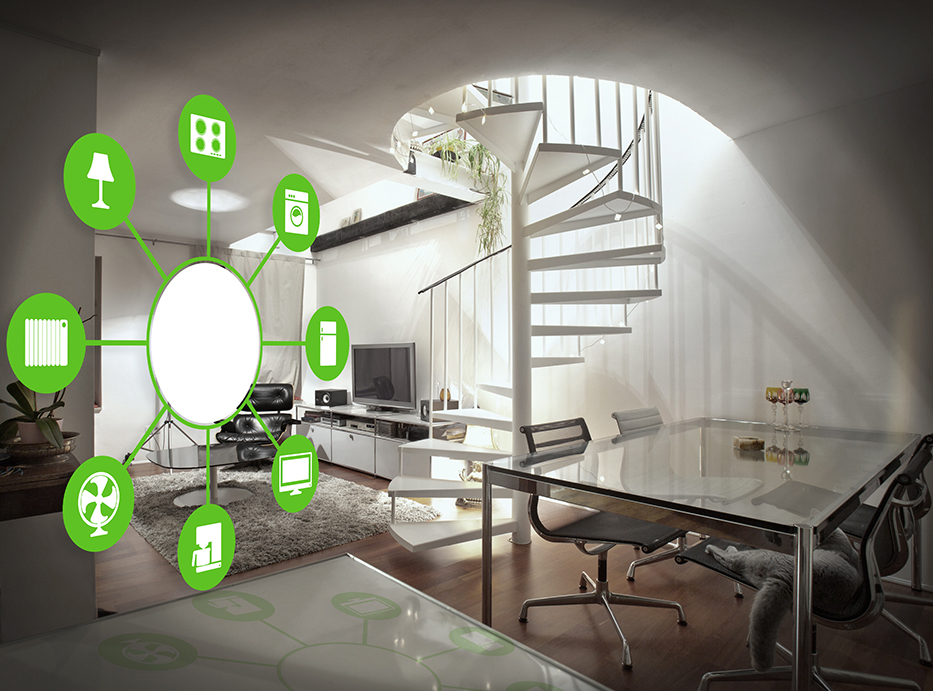Smart home devices are quickly becoming the norm, with IT research firm Gartner predicting consumers will have 5.2 billion internet-connected products in 2017 – an average of four devices per household.
“The connected home is coming to fruition and it’s coming now,” says Yonomi co-founder and CEO Kent Dickson.
We’re using smart devices to control the lighting, temperature and ambiance of our homes, to lock our doors and watch for intruders, to feed and play with our pets. There seems to be a smart device for every conceivable home need, but how secure are these devices?
“The biggest issue with smart devices in the home is that many can be accessed directly from the internet,” says Bruce Snell, Cybersecurity and Privacy Director at Intel Security, adding, “Securing the smart home requires that you think a little more about security than you may have in the past.”
What can you do to secure your smart home tech?
Secure your devices
One of the first things you should do when setting up devices is change the factory-default password to something unique. “We have seen many attacks against smart devices that succeed because the owner of the device never changed the password,” explains Snell.
Make sure this is security feature you’ll be able to control when you’re shopping for devices. If not, consider upgrading to a device that won’t leave a hole in your home security.
Family safety tips to consider when your home is for sale
Turn off the broadcast feature so your smart home devices aren’t discoverable to anybody but you. This could interfere with the functionality of hub devices like Amazon Echo Dot or Google Home, so be sure to check their specs.
And when you’re setting up, consider hard-wiring your devices to the internet through your router, rather than via a wireless connection. This will make it even more difficult to get to your devices without authorization.
There are also smart home security devices that take into account the limitations of your individual devices and operate as a shield, securing and monitoring interactions with them in real-time.
Secure your networks
“It’s important to take advantage of the security features of your home internet router to help keep the bad guys out,” suggests Snell.
These may include the latest wireless encryption (WPA2), a firewall, and Virtual Private Network (VPN), amongst other features. Look up your router to see built-in security features it has, and turn them on if you aren’t already using them. At the very least, if you use a wireless network, ensuring that it’s password protected is key.
Set up a VPN
A VPN ensures that the connection between the internet and any connected devices is secure, offering a better encryption format than standard wireless encryption protocols.
You can pay for a VPN service or upgrade to a router with built-in VPN software and set up a network yourself.
Implement a guest network
Creating a network exclusively for guests reduces the possibility of users with lax security protocols accidentally introducing hackers or malware into your system. It also means you don’t have to share your private password and you can limit their access to certain devices in your network.
In addition, hiding your personal network so it isn’t broadcasting is another security measure to consider.
Perform regular security checks
“You should regularly check to see if there are any new updates for your devices and if there are, make sure you install them. Keeping your devices up to date can help prevent your smart home from being hacked,” says Snell.
And if you suspect that any of your devices have been hacked, Snell recommends taking it offline immediately.
“Once a device has been hacked, turn it off and then look for instructions from the manufacturer on how to restore your device to factory settings. Once you have done that, then apply the latest software update before using your smart device again. Don’t forget to change the password while you’re at it!”

